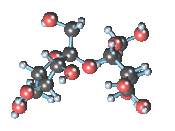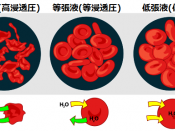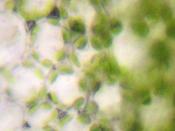Translocation involves the transport of organic materials produced through photosynthesis, such as sucrose, from the leaves to other parts of the plants where they are utilized. It occurs in the phloem sieve tube between the source end(near the leaves); where sucrose is loaded due to the process of photosynthesis by the palisade and spongy mesophyll cells to the sink end(near the end where sucrose is unloaded for respiration and storage purposes).
At the source end, companion cells actively pump Hydrogen ions out into mesophyll cells, creating a proton gradient. The hydrogen ions is brought back into companion cell by a co-transporter protein, which also brings along sucrose into companion cell. Sucrose then move from companion cell into the sieve tube through plasmodesmata causing an increase in solute potential at the source end of the sieve tube. Water moves into the sieve tube through osmosis from xylem causing an increase in hydrostatic pressure at the source end of the sieve tube.
At the Sink end, sucrose diffuse out of sieve tube into sink cells for respiration and storage purposes. This causes an increase in the solute potential in the sink cells and a decrease in water potential in sink cells. As a result, water move into sink cells from sieve tube. Due to a decrease in water at sink end of sieve tube, there is a decrease in hydrostatic pressure at that end.
Therefore, water moves down the pressure gradient(i.e from source to the sink), carrying the sucrose solutes with it.


